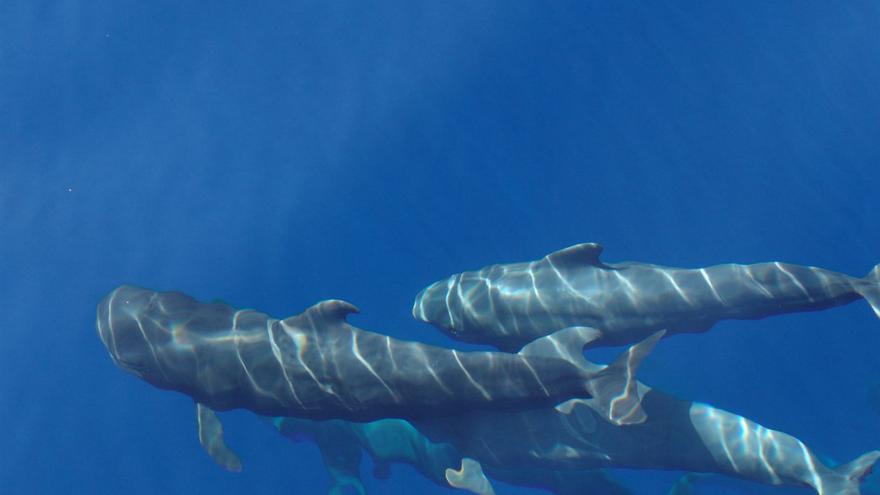
Protecting the biodiversity of one of the most species-rich areas of the planet is the objective that leads to Loro Parque Foundation to organize From red to green, a week of visibility and awareness actions in the European Parliament which begins this Monday will end on Sunday. The ambitious project aims to achieve the creation of a marine biodiversity sanctuary in the waters of Macaronesia and extend the moratorium on the use of sonar, currently limited, to the entire region whose waters represent a unique reservoir for marine life. The actions will revolve around an impressive exhibition that the Loro Parque Fundación installs on the busiest floor of the European Parliament and which will serve as a support and promotion tool for the proposal.
Immersed in the debate of the sixth mass extinction and faced with the urgent need to apply measures to combat its already evident effects, the threat of the disappearance of species reaches dimensions without comparison. According to the Red List of Threatened Species of the International Union for Conservation of Nature (IUCN), almost a third of the 41,000 species evaluated are already considered in danger of extinction. The data may be even more terrifying: by 2050, almost 40% of the planet’s terrestrial species could have become extinct.
In this context, the Species Survival Commission (SSC) of the IUCN, the World Association of Zoos and Aquariums and the Loro Parque Fundación promote, with the support of the PPE group, the promotion of a project that would involve the protection and defense of an area of biodiversity that is a true reservoir of marine life. The four archipelagos that make up Macaronesia (Canary IslandsCape Verde, Azores and Madeira) They are home to 32 species of cetaceans, which implies 84% of the species that can be found in the North Atlantic Ocean. Due to its location, the area is of special relevance in the migrations and movements of marine populations.
This action occurs at a key moment, after approval, by the UN, of the High Seas Treaty, an agreement for the preservation of biodiversity and the sustainable use of marine resources beyond jurisdictional waters. The sanction of this standard, to which the required 60 countries are expected to adhere in the first months of 2024, will represent a qualitative leap of enormous importance in the protection of marine biodiversity, since it will allow the creation of protected areas in international waters. The Macaronesia Marine Biodiversity Sanctuary could be one of the first projects to be presented within the framework of the High Seas treaty.
Week
The informative exhibition that is being held in the European Parliament shows, through panelsthe loss of biodiversity, the threats that affect the ecosystem of Macaronesia, the invaluable role of zoos and other aspects that portray the real situation of the area. The reminder of what the planet can lose is shown through 3D models that, through augmented reality, are integrated into the spaces of the European Parliament around the exhibition. A life-size Cuvier’s beaked whale (seven meters long) is included to publicize this rare species, the most threatened by sonar.
Conferences and debates with global biodiversity specialists – they will present their reports at the three meetings that are scheduled – and meetings with political representatives from the Azores, Madeira, the Canary Islands and Cape Verde in which future lines of cooperation around these two projects will be drawn up. conservation are part of the program.
This is the first time that a foundation has managed to organize a conference of this nature and is a unique opportunity to raise awareness and commitment among MEPs, who will have the opportunity to learn about all the aspects of this demand.















